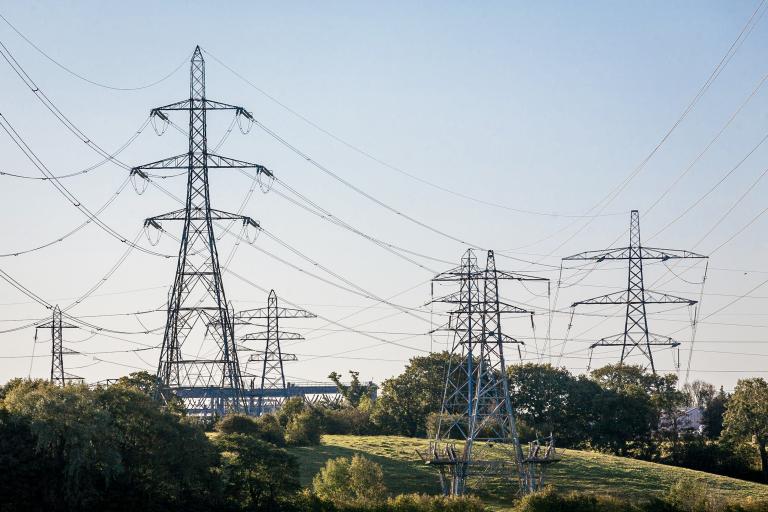
We recently confirmed our opposition to hundreds of pylons being installed through Essex.
National Grid has updated its plans to build 183 kilometres of pylons. These would run between Norwich and Tilbury and are expected to stand 50 metres tall.
There would also be a large substation in Tendring. This is in addition to four sections of underground cabling.
However, National Grid's updated plans do not justify why the project needs to be delivered by 2030.
There is also a lack of evidence for the project being delivered by onshore technology. Alternative options have not been fully considered.
Furthermore, the plans do not show how Essex will benefit from the pylons. This includes any social value or community benefit funding.
Instead, we expect a significant impact on our road network. Developers could use the county’s highways and public rights of way to access key sites.
We therefore stand with Norfolk and Suffolk County Councils against National Grid’s plans.
Lesley Wagland, Deputy to the Leader with principal accountabilities on Major Infrastructure Projects and Freeports, said: “National Grid’s current plans for the Norwich to Tilbury pylon project remain wide of the mark of what is acceptable to the people of Essex and fail to consider the long-term impact it would have on Essex, with very little offered by way of social value and community benefits.
“The plans are not just for pylons, cabling and substations, but what appears to be a temporary road network simply to allow developers access to the land needed for this project. This in turn will churn up the green belt, undermine the viability of much-needed high quality local housing, worsen the condition of our roads and risk bringing Essex to a standstill, when the need for this project on National Grid’s current timetable remains unproven.
“I urge National Grid to now conduct a full and frank analysis of the responses they have received, what this will mean for Essex and the impact of alternative options.”
